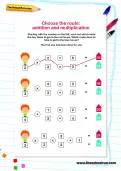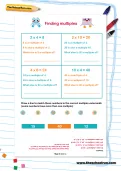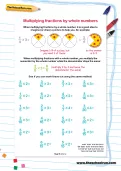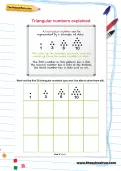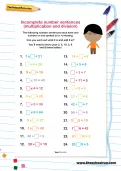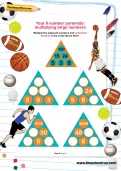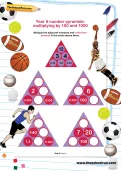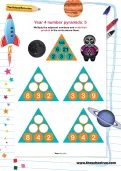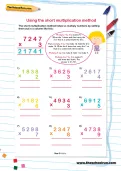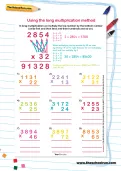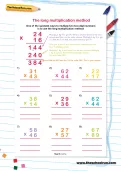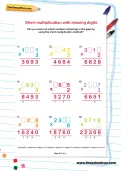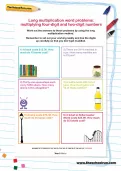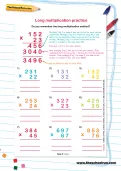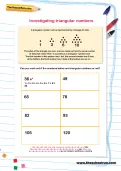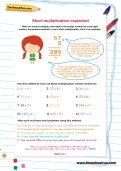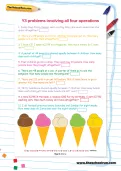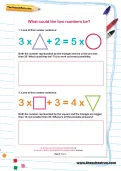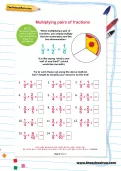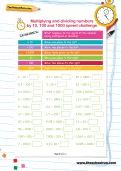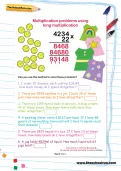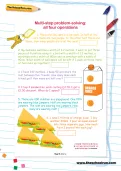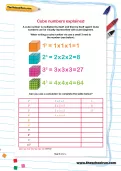Important update from TheSchoolRun
For the past 13 years, TheSchoolRun has been run by a small team of mums working from home, dedicated to providing quality educational resources to primary school parents. Unfortunately, rising supplier costs and falling revenue have made it impossible for us to continue operating, and we’ve had to make the difficult decision to close. The good news: We’ve arranged for another educational provider to take over many of our resources. These will be hosted on a new portal, where the content will be updated and expanded to support your child’s learning.
What this means for subscribers:
- Your subscription is still active, and for now, you can keep using the website as normal — just log in with your usual details to access all our articles and resources*.
- In a few months, all resources will move to the new portal. You’ll continue to have access there until your subscription ends. We’ll send you full details nearer the time.
- As a thank you for your support, we’ll also be sending you 16 primary school eBooks (worth £108.84) to download and keep.
A few changes to be aware of:
- The Learning Journey weekly email has ended, but your child’s plan will still be updated on your dashboard each Monday. Just log in to see the recommended worksheets.
- The 11+ weekly emails have now ended. We sent you all the remaining emails in the series at the end of March — please check your inbox (and spam folder) if you haven’t seen them. You can also follow the full programme here: 11+ Learning Journey.
If you have any questions, please contact us at [email protected]. Thank you for being part of our journey it’s been a privilege to support your family’s learning.
*If you need to reset your password, it will still work as usual. Please check your spam folder if the reset email doesn’t appear in your inbox.
Ks2 Multiplication worksheets
Free worksheets: Multiplication, KS2
You’ll need to login or Register first to access these worksheets for free.
Choose the route: addition and multiplication
Finding multiples
Multiplying fractions by whole numbers
Triangular numbers explained
Incomplete number sentences multiplication and division
The number sentences in this worksheet each have one number or one symbol (x or ÷) missing. You’ll need to know your 2, 5, 10, 3, 6 and 8 times tables to work out what it is!
Year 6 number pyramids: multiplying large numbers
Year 6 number pyramids: multiplying by 100 and 1000
Year 4 number pyramids: 5
Using the short multiplication method
Using the long multiplication method
The long multiplication method
Short multiplication with missing digits
Long multiplication word problems: multiplying four-digit and two-digit numbers
Long multiplication practice
Short multiplication explained
Y3 problems involving all four operations
What could the two numbers be?
Your child can practise their multiplication and addition skills by guessing the missing number in the equation. This will also help prepare them for learning algebra as they advance in their maths learning.
Multiplying pairs of fractions
Multiplying fractions by whole numbers
Multiplying and dividing numbers by 10, 100 and 1000 speed challenge
Are you feeling fast?
